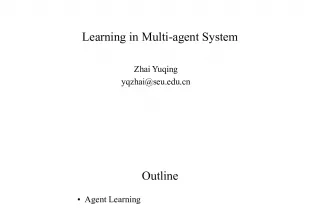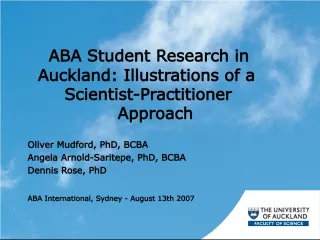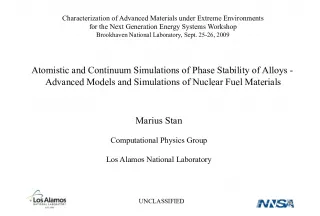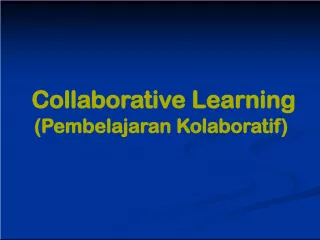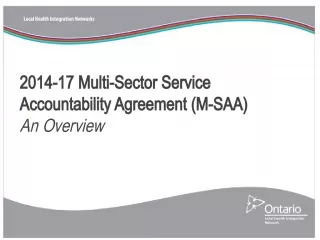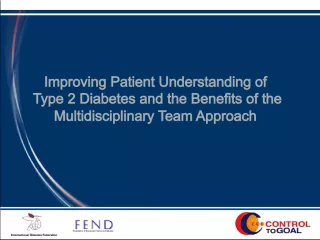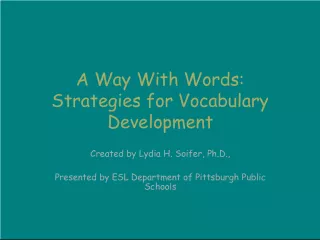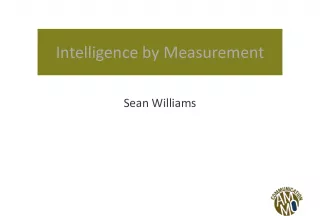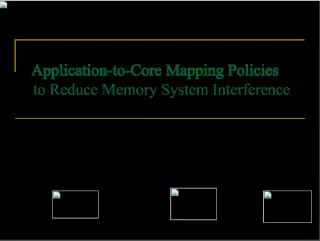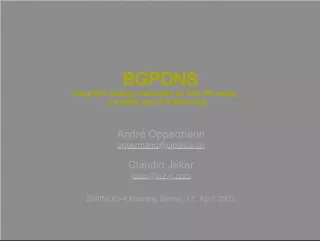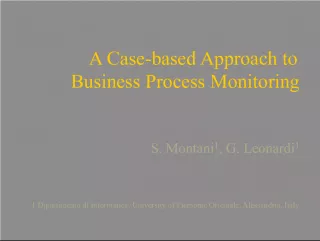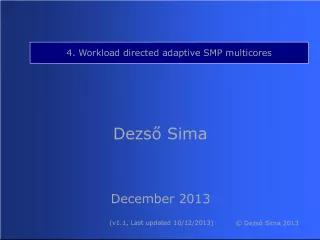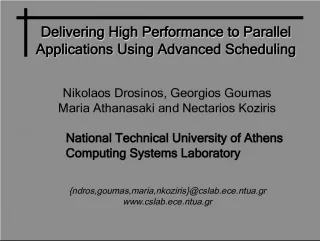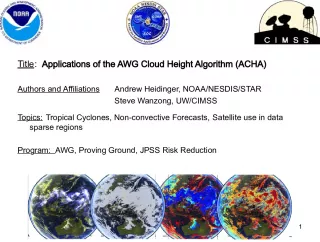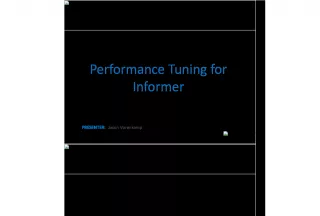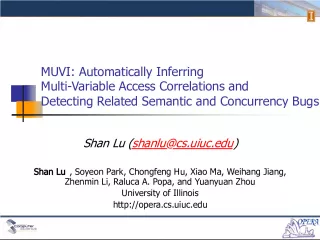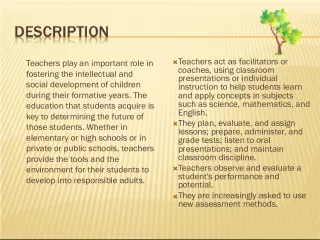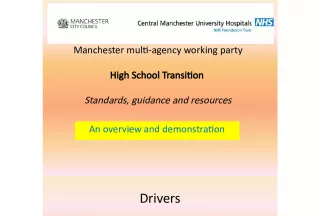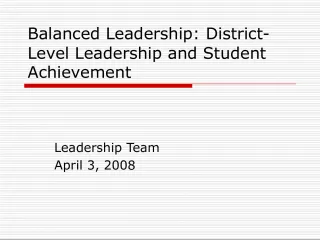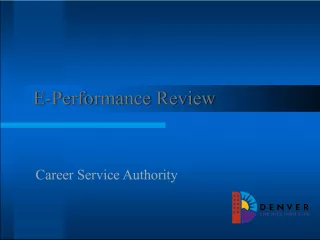Understanding RTI: A Multi-Tiered Approach to Improving Student Performance
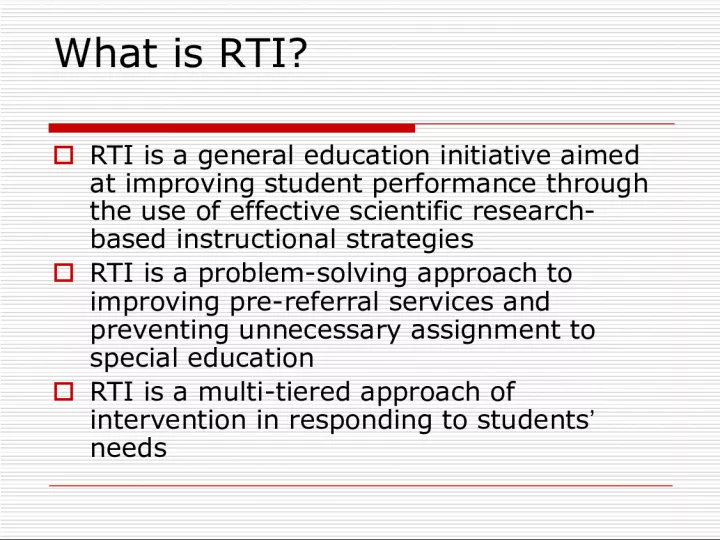

This article provides an overview of RTI, a general education initiative aimed at improving student performance through the use of effective scientific research-based instructional strategies. RT
- Uploaded on | 3 Views
-
 dominic
dominic
About Understanding RTI: A Multi-Tiered Approach to Improving Student Performance
PowerPoint presentation about 'Understanding RTI: A Multi-Tiered Approach to Improving Student Performance'. This presentation describes the topic on This article provides an overview of RTI, a general education initiative aimed at improving student performance through the use of effective scientific research-based instructional strategies. RT. The key topics included in this slideshow are . Download this presentation absolutely free.
Presentation Transcript
Slide1Wh a t i s R T I ? RTI is a general education initiative aimed at improving student performance through the use of effective scientific research- based instructional strategies RTI is a problem-solving approach to improving pre-referral services and preventing unnecessary assignment to special education RTI is a multi-tiered approach of intervention in responding to students ’ needs
Slide2Instructional Support Team’ s Role
Slide3Where did RTI come from?Under the Reauthorization of IDEA, 2004, students will no longer be able to be classified as having a learning disability unless scientific research- based instruction has been provided in accordance with regulatory recommendations prior to referring students to the CSE
Slide4Pre-Referral Interventions“ The use of pre-referral instructional strategies in the general education setting is required to address the needs of students with learning and/or behavioral problems prior to a referral to the CSE. Part 200 Regulations requires a description and documentation of any attempts to remediate a student ’ s performance prior to a referral to the CSE. ”
Slide5PREVENTION
Slide6Three Tiered Approach to Intervention80% = Tier I 15% = Tier II 5% = Tier III Differentiation…
Slide7Tier I: Universal Interventions : The interventions that all students receive as part of the general education curriculum and the use of instructional strategies that all students benefit from Multi-Tiered Model Tier II : Targeted more intensive instruction including but limited to small group and/or 1:1 supplemental systematic instruction Tier III : Comprehensive evaluation by a multi disciplinary team and intensive support in order to determine eligibility for special education *At every tier, assessments are completed and data is collected and reviewed. Parents are notified when students are recommended to receive support at Tier II. * Tier intervention should be utilized for approximately 8-10 weeks.
Slide8Intervention Tools Interventions are based on monitored progress and are targeted to specific student needs Interventions are administered by classroom teacher, reading specialist, and other highly qualified teachers Interventions provide students with ADDITIONAL instructions.
Slide9Important Questions For Teachers Is there a mismatch between the student ’ s learning style and the instructional approach? Have we defined the student ’ s needs and identified the student ’ s strengths as opposed to his deficits? How must curriculum and instructional strategies be adjusted to support the student ’ s learning?
Slide10Fast Facts Too many children are classified without exhausting appropriate instructional strategies first. Research shows that many children who demonstrate reading difficulties in primary grades can be brought up to average levels of performance when provided with intensive and focused instruction Intelligence is more a predictor of school success, and not necessarily a predictor of successful reading.
Slide11Summary:RTI is….. * Establishment of effective teaching strategies and core curriculum with general education population * Universal screening of ALL students * Use of research based interventions in general education * Measurement of student responses to interventions * Use of student RTI data to change intensity or from of new interventions
